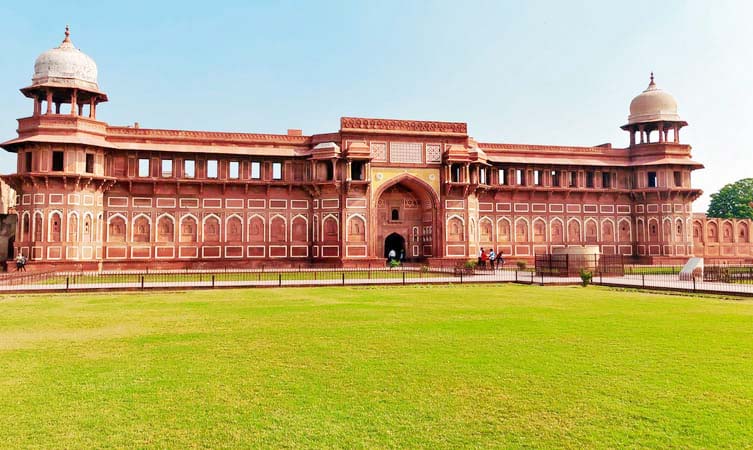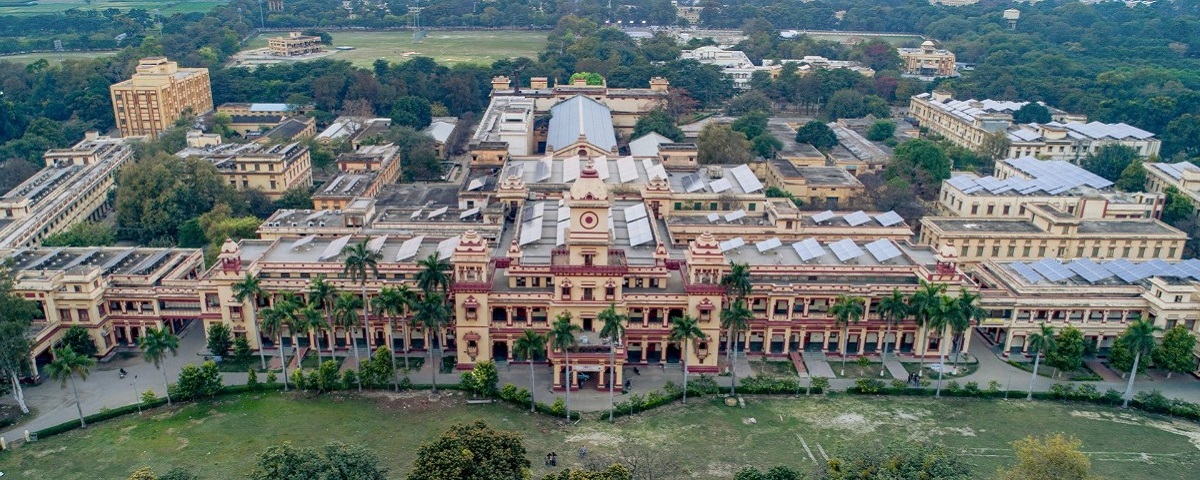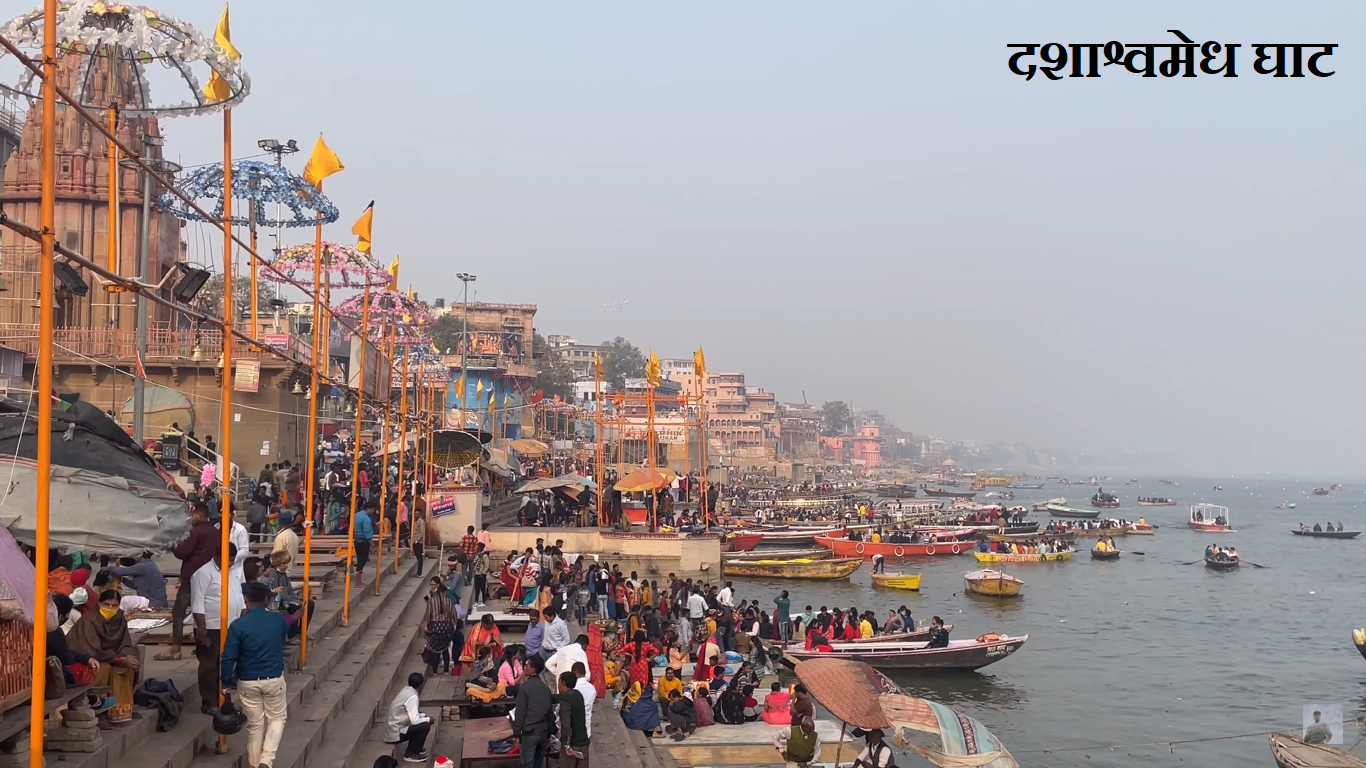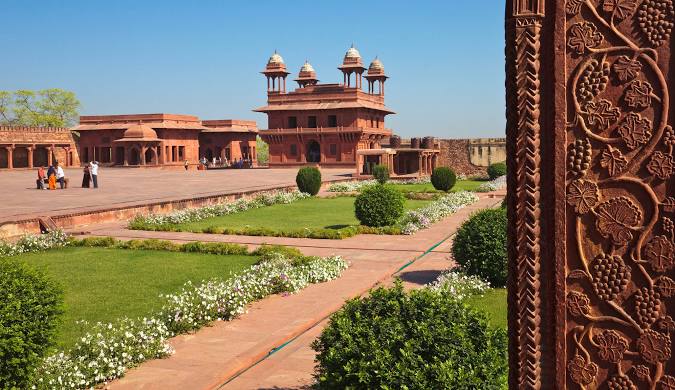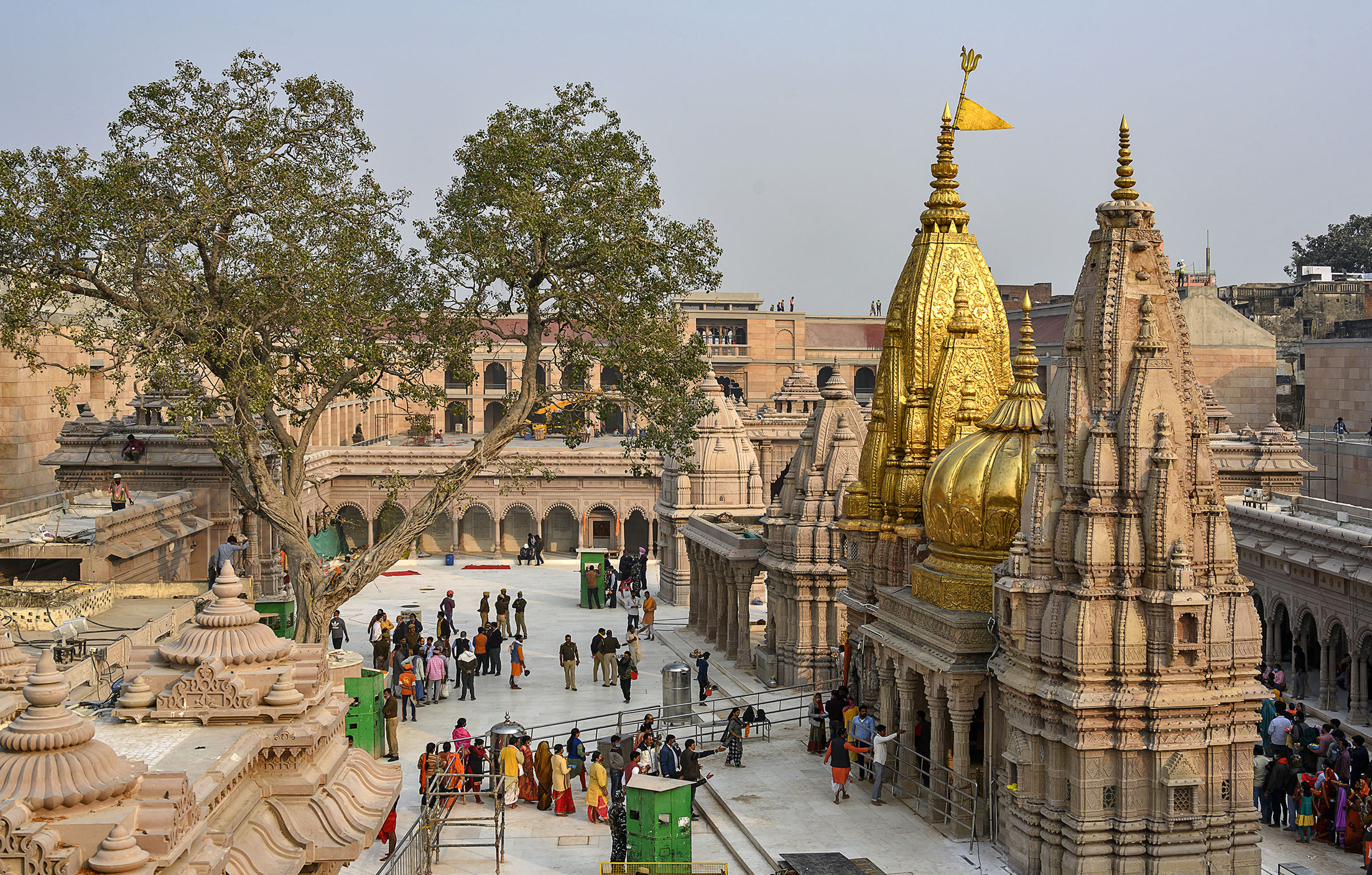Uttar Pradesh encompasses a substantial portion of the Ganges alluvial plain. Almost all of the state's major cities are located on the banks of these rivers. It is a state rich in history and customs, and on the banks and confluences of the rivers will execute daily rituals for thousands of years, as well as the Hindus' most important celebration.
Uttar Pradesh is also the country's most populous state.
It was here that the ancient medieval northern capital, Kanauj, was located, which is now a defunct center due to years of ruin. However, the city was such an important cultural and religious center that some Brahmin castes still use it as a site of origin for their clan, providing a certificate of antiquity and purity.
Lucknow, today's capital of Uttar Pradesh, is located on the banks of the Gomti River and gained strategic importance during the Mughal period, after which it gained the reputation of a refined cultural center with Nawab dell'Avadh, until the tragic events that saw the protagonist of the so-called Sepoy Rebellion break out in Meerut, after which the country was completely under British control.
Hindus, of course, believe that dying in Varanasi ensures the rapid extinction of Karma and hence escape from the cycle of rebirth, because the city combines all of the cleansing attributes found in other ritual pilgrimage locations in one location.
A boat journey along the Gange River at daybreak provides a complete picture of the Indians' strong relationship with the river.
On Ghats, stairways slope down into the water, some washing clothes next to those praying, who let the shampoo close to those scattering the deceased's ashes.
Who settles on the current offerings of flowers and food placed on broad leaves, those who merely await death, dusty Sadhu, ascetics, who flaunt their medieval corporeal mortifications, and frigid Brahmans, the priests, who give mantra to pilgrims under enormous parasol sacred?
Attend these intimate scenes, which may be embarrassing for some or appealing to others, but it is nonetheless useful to recall the Hindus' significant indifference in this regard, who usually react to our presence on the river with the same interest confined to the fish while engaged in prayers and rituals. Varanasi is also a sacred Buddhist cultural center. It was, in fact, 6 kilometers away in Sarnath. To the north, where Buddha delivered his doctrine for the first time after attaining enlightenment.
Returning from Varanasi to Delhi, if you travel carefully, you can stop in Jaunpur, an unremarkable town that, to your surprise, contains some of the outstanding specimens of provincial Indo-Islamic architecture and is well worth a visit.
Instead of the must-see locations of this vast state, visit Agra, where the Taj Mahal and other extraordinary Mughal period gems, such as the Red Fort and citadel architecture, and a few kilometers away, Akbar's mausoleum at Sikandra. If you care about gender and age, the city is also the finest starting point for another amazing excursion: Fatehpur Sikri. It was created as Akbar's capital city (1556 - 1605) but was eventually abandoned due to a possible chronic lack of water and has stayed since then, neglected and perfect, practically identical to the present day.
Another interesting center, particularly during the periodic pilgrimages and multitudinous that the reach, is Allahabad: the ancient Prayag, the place of sacrifice, renamed in 1583 in Allahabad, is located on the confluence of two of the most holy Indian rivers, the Ganges and Yamuna; but there is another, perhaps purely mythological, perhaps rather prehistoric, but never forgotten by thousands of years of Hindu devotion, that of the Sarasvati River.
In Uttar Pradesh, you may also take advantage of the plentiful handicraft, which naturally distinguishes the entire country, but this state in particular, for the ancient and highly polished textile techniques utilized here.



